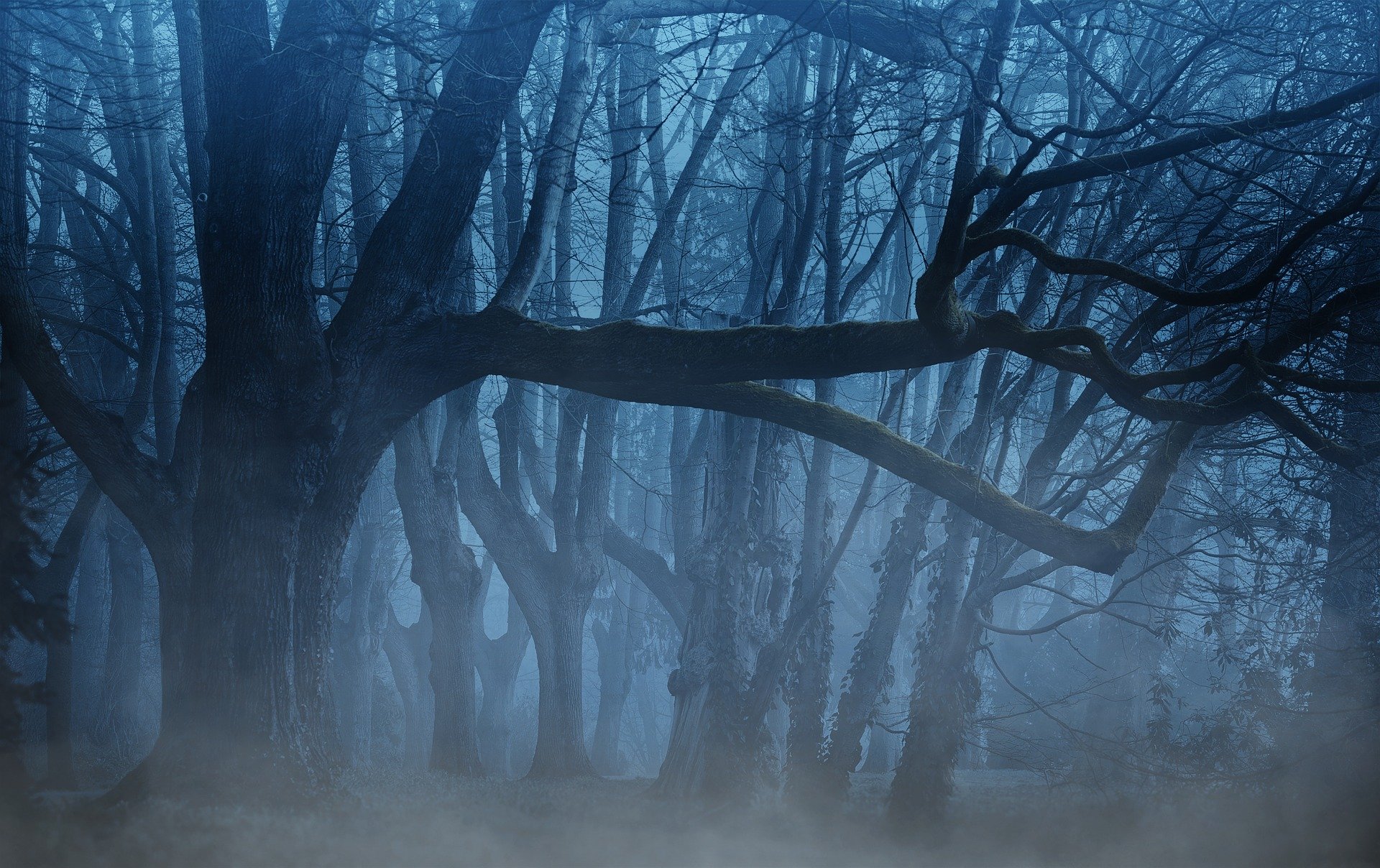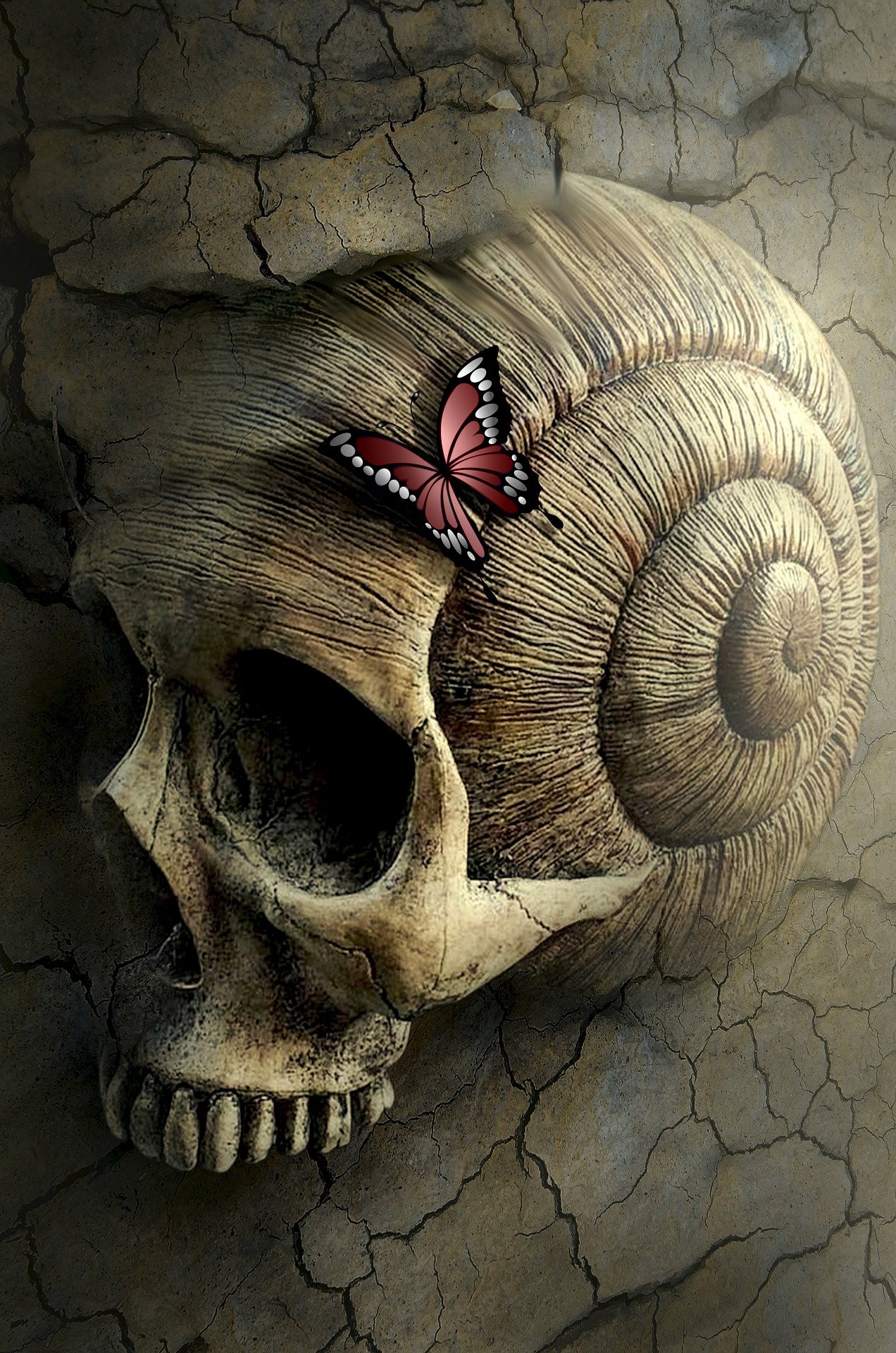Vati (VAH-tee)
This Notion of Undead
Ambient sounds courtesy of tosha73 and EminYILDIRIM
Greetings to those below. I am Death, though Azrael is the name I prefer. Today we will discuss the vati, mythical monsters that have a decidedly real origin. But before we progress further, I have to say, being Death, that the notion of vati are an interesting peculiarity to me. They are neither living nor dead, but are in fact a thing the undine scribes have labeled “undead.”
I will tell you now there is no such state of being on Orosta. Pure fantasy. And I wonder if it might even be offensive to suggest such a thing. Mere corpses somehow evading me? Please. Still, allow me to fill you in on the basics. Now that I’ve scoffed at the concept, no doubt my brother might try to make them real, after all. My brother can’t create, of course, but he can . . . well, let’s just explore this fanciful myth, shall we?
Summary
The basic concept behind the vati are corpses risen from the dead. Well, not so much risen as reanimated. For flavor, some of the more imaginative undine scribes and poets have thrown in the idea of them drinking blood, the theory being that their corpses must require some sort of lubricant in order to keep moving. They drink the blood to restore the blood they have lost, or else they might begin to desiccate. Never dead. Just lacking in a little “oil,” I suppose. Now, how drinking blood lubricates the body despite the lack of a beating heart to pump the blood through said body I can’t and won’t try to explain. Keep in mind that most of this is coming from undine writers desperate to make a few kessa coins, and the general audience tends to not think too hard about these details so long as the monsters are exciting, so . . . “because magic” is sometimes the reason given, which is, of course, ridi— Hmm. Do you know, that might actually be how . . . oh, never mind. Anyway, that is the basic idea. I believe in the world of elsewhere they have a similar myth called a vampire. But unlike in the world of elsewhere, in the world of Orosta, there is some truth to the legend. Some.
Historical Basis
by J. L. Gryphon via Artbreeder
Tt all began in the year 1792 in Orosta’s Middle Sphere (MS) of history. Well, actually it began quite before that. The year 1667 in Orosta’s First Sphere (FS) of history might be a good benchmark. But before you ask, no, I can’t tell you about the First Sphere of history. There is too much . . . buried there. Purposely. And for good reason. So, for the sake of discussion, the myth of the vati began in 1792 MS because that was the first time anyone bothered to write something down about it; and really, it’s much safer for you if you just accept this date, all right?
Good.
Now, moving on. You must understand that in the world of Orosta, there is something of a structure to the different peoples that inhabit it. There are, of course, the originals—the true natives of Orosta created directly by my master. These are the dragons and the Sithuwaye elves. Then there are Those Who Came After, various groups of people that came to exist via one thing or another. For example, the jeenta, the first of Those Who Came After, were the product of a dragon experiment gone dangerously wrong. Not as wrong as the experiments that made the abominations, mind you. The jeenta still have souls, which was a relief to everyone, myself included.
After the jeenta came the merrow, the sirens, and on and on until we get to the point of our topic today. The last of Those Who Came After, at least so far, are none other than the Zurrinaih elves, also known as shade-elves. They are actually the ones who began appearing in the year 1792 MS, which is what inspired the first written tales of the vati.
No one knew what a Zurrinaih elf was back then, you see. Of course everyone knew the Sithuwaye elves, but Sithuwaye have skin of pale, sunny gold, and these elves looked, well, dead. Ashen gray skin, an otherworldly aura, and eyes that burned in luminous colors like ghosts from the void. They were quite beautiful, as well, which only added to the confusion and fear. An attractive monster is always worse than an ugly one, at least in my opinion. You know it’s bad, but a part of you still wants to approach it because what a feast for the eyes it is. I’ve always appreciated that extra layer of tension.
But, despite the initial panic caused by the shade-elves’ unexplained appearance, I will inform you they are not monsters. They are not dead or undead, they don’t drink blood, and their hearts are very much alive and beating as being alive would require. They are quite decent people, in fact, at least when they are not being manipulated by a certain self-proclaimed goddess. It could be said they share many similarities to their Sithuwaye cousins, though they do and always have had a distinctly separate culture. Not to mention their appearance, which still leaves people confused as to whether they like the aesthetic or find it unsettling. I like it, personally, but I’m biased. I have a similar complexion.
Variations & Impact
Spread
All this to say that, when the Zurrinaih first began appearing, the myth of the vati spread to all corners of Orosta. As I mentioned before, myths about them had already existed even before the Zurrinaih’s appearance thanks to . . . well, I can’t tell you about that . . . but with these fresh inspirational sources, new life was breathed into the myth. Both the fear and popularity surrounding the vati grew.Entertainment
Vati were used in horror tales first, but due to the well-known beauty of the Zurrinaih people, they soon transformed into specimens of adventure and dark, tantalizing romance. One of the more recent tales, written by the undine author Laria va Balda, features a certain silver-haired vati whom, I admit, I find quite charming despite my aforementioned note that, being Death, I find this entire notion eyebrow-raising to say the least.Crime
Alas, though, it can’t all be fun. There is a certain criminal force known as the Lamia Gang which took a darker turn on the vati legend. Their leader, Geraldine Bel, has decided she is a vati. Or, at least, she claims to be one. I can’t tell if she actually believes it or not. Either way, she and her gang abduct and drain people of their blood, selling it in those shadier markets even I shudder at visiting. Mostly they sell to abomination buyers who quite enjoy a draught of . . . “red wine.”Cultural Receptions
But, aside from some unfortunate adaptations of the myth, the vati as a whole are quite popular in the world of Orosta. Dare I say they are a favorite subject among authors, playwrights, poets, and the like. It makes a fine profit, if nothing else, and at the end of the day, what else does a starving artist dream of? As for myself, I admit, I can see the appeal. Those vati tales that are actually done well have succeeded in charming me. But I maintain my raised eyebrow at this ridiculous notion of “undead.” Please. Do we need to revisit what I said about Vānima and the impossibility of running from me? Hmm. Sleep well, those below. Dream of alluring vati and their seductive fangs. Just . . . remember I said there was some truth to the tales. And no, this time I don’t mean the Zurrinaih. The Zurrinaih are perfectly fine and are quite undeserving of the association. As for the true origin of the vati myth, well . . . let’s just say that is deserved.
Book Information
To learn more, hop on over to the books page OR hop on over to the teaser and get a sneak peek of Chapter 1! For more articles like this one, have a peek at my Worldbuilding Journal and explore Orosta.
Related Articles
Date of First Recording
1792 MS
Date of Setting
1667 FS
Related People
Related Organizations











Comments